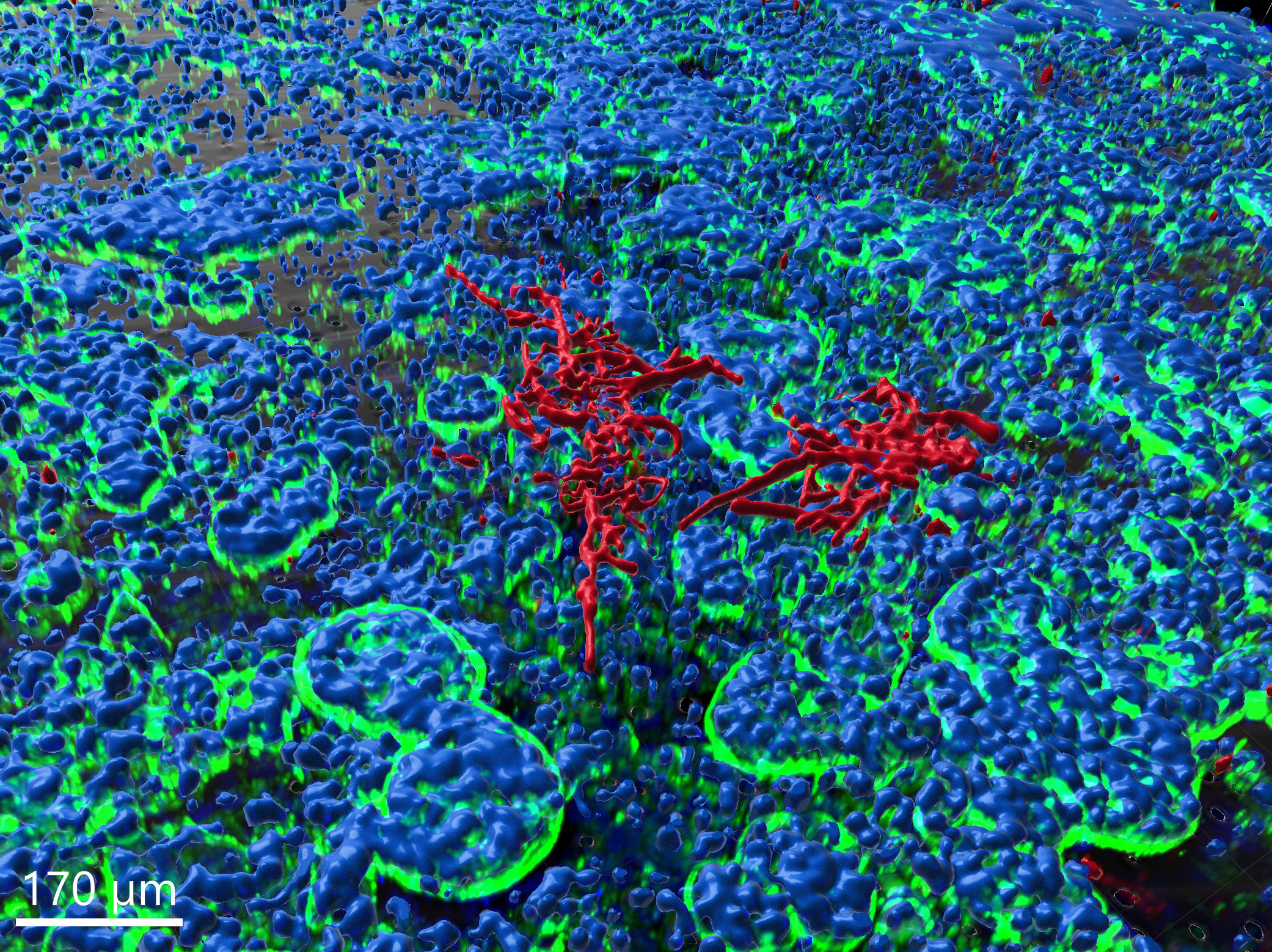Inflammatory bowel disease (IBD) has become a globally prevalent chronic disease with no causal therapeutic options. Targeted drug delivery systems with selectivity for inflamed areas in the gastrointestinal tract promise to reduce severe drug-related side effects. By creating three distinct nanostructures (vesicles, spherical, and wormlike micelles) from the same amphiphilic block copolymer poly(butyl acrylate)-block-poly(ethylene oxide) (PBA-b-PEO), the effect of nanoparticle shape on human mucosal penetration is systematically identified. An Ussing chamber technique is established to perform the ex vivo experiments on human colonic biopsies, demonstrating that the shape of polymeric nanostructures represents a rarely addressed key to tissue selectivity required for efficient IBD treatment. Wormlike micelles specifically enter inflamed mucosa from patients with IBD, but no significant uptake is observed in healthy tissue. Spheres (≈25 nm) and vesicles (≈120 nm) enter either both normal and inflamed tissue types or do not penetrate any tissue. According to quantitative image analysis, the wormlike nanoparticles localize mainly within immune cells, facilitating specific targeting, which is crucial for further increasing the efficacy of IBD treatment. These findings therefore demonstrate the untapped potential of wormlike nanoparticles not only to selectively target the inflamed human mucosa, but also to target key pro-inflammatory cells.
Gut-on-chip model, image-based analysis of Candida albicans
In the context of this model, the fungus is observed to proceed with hyphal growth and eventually form microcolonies.






